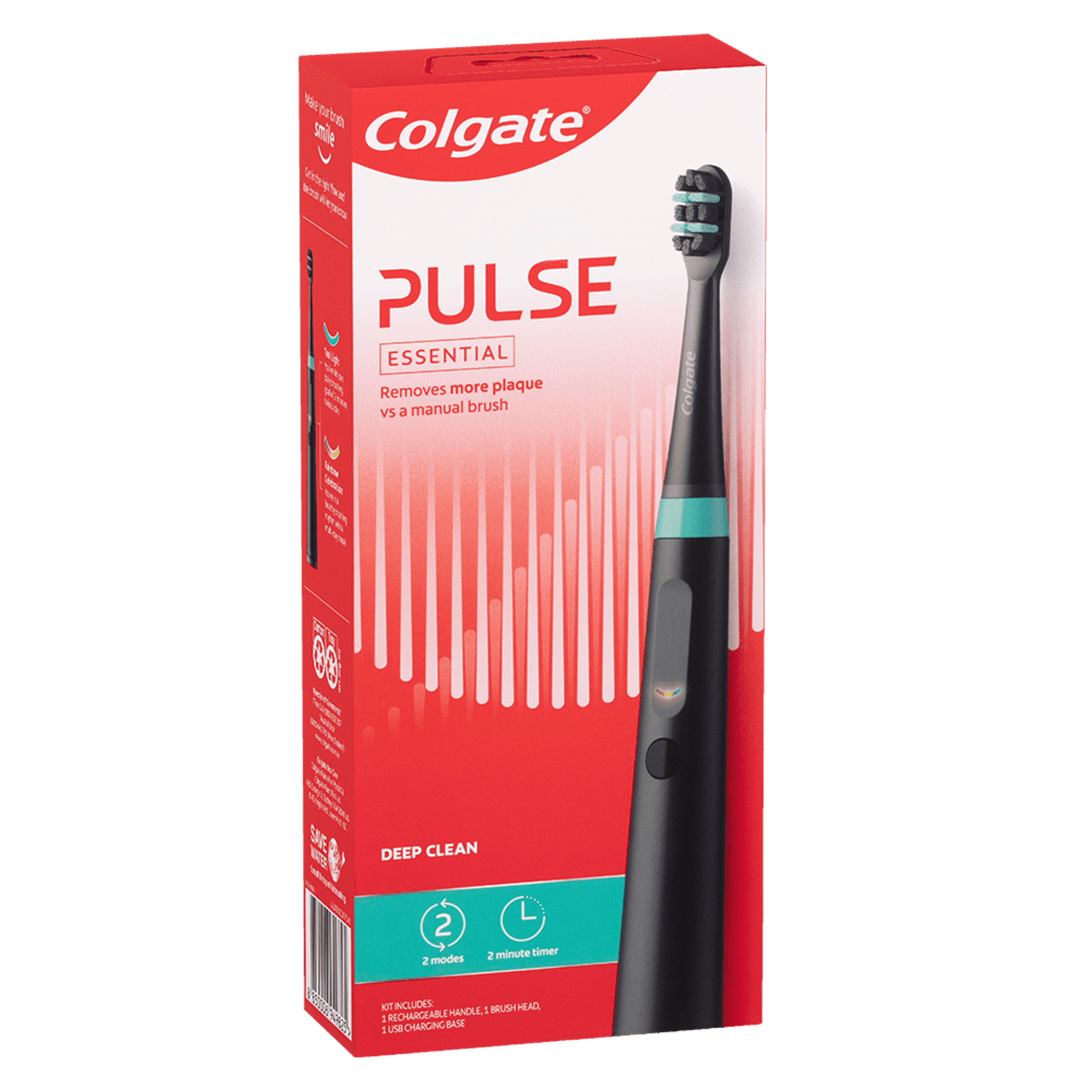-
-

BRUSHING & FLOSSING
How to BrushWhat Is the Right Way to Brush?
Proper brushing takes at least two minutes — that's right, 120 seconds!...

BRUSHING & FLOSSING
How To FlossWhat is the Right Way to Floss?
Proper flossing removes plaque and food particles in places where a toothbrush cannot easily reach... -
Science & Innovation
- Colgate® | Toothpaste, Toothbrushes & Oral Care Resources
- Oral Health
- Do You Know All The Human Teeth Names?


Your teeth are divided into four types: incisors, cuspids, premolars and molars. Although most people have 32 permanent teeth, Health Direct says that we start with just 20 baby teeth, which include only incisors, canines and molars. Getting a little brush up—pun intended—on all the human teeth names, each type's location and their function can help you better understand why your oral care is so important.
Incisors
Your smile begins with your incisors. Better Health explains that these eight teeth are located at the front of your mouth, with four on the top and four on the bottom. Your incisors mainly work to slice and dice food into more easily chewable pieces. There are two types:
- Central incisors. These are the teeth at the front and centre of your mouth. They are typically the first teeth to erupt for babies and the first to fall out to make room for adult permanent teeth, according to the Australian Dental Association (ADA) tooth chart. Due to their location, the central incisors are particularly vulnerable to injuries like fractures or chips. The ADA states that almost 40% of dental traumas such as these happen while playing sports, and promotes the use of mouthguards to protect those who play.
- Lateral incisors. Your front two teeth might have a "central" role in your smile, but the teeth just next to these — your lateral incisors — also help to form the perception of a great smile. A study in Periodontics and Prosthodontics points out that the shape, location and position of these teeth in relation to your central incisors make up the "golden proportion", which is the size relationship that humans perceive as most visually pleasing.
Cuspids
Your four cuspids are the fang-like teeth that sit next to your lateral incisors. They're also known as eye teeth (in the case of the upper two) or canines. With their sharp biting surface, Better Health notes that these teeth help you to tear up your food. They also help to move your food into an optimal chewing position.
Premolars
Your premolars are the next teeth adjacent to your canines, and they're found only in your permanent set of teeth. They're also referred to as "bicuspids", which means they have two points. According to Better Health, the flatter biting surfaces of these eight teeth help you to crush your food.
Molars
Your molars are located in the back of your mouth. Better Health notes that they're larger than your premolars and have big, flat surfaces for grinding food. There are six upper molars and six lower molars in a set of permanent teeth, but only four upper and four lower molars in baby teeth. There are three types:
- First and second molars. Your first molars are located toward the back of your mouth next to your second premolars. Behind them are your second molars. Health Direct explains that these back molars are vulnerable to cavities on the chewing surface, so your dental professional may wish to apply a protective sealant.
- Third molars. Your third molars — also known as wisdom teeth — are the teeth furthest in the back of your mouth. They're unique because, as Better Health explains, they are the last to erupt and do not arrive until the late teens or twenties. Some erupt with no problems, but some people need to have their wisdom teeth removed.
While teeth are susceptible to wear, decay and damage, Better Health points out that they can last a lifetime with proper care. Make sure to brush twice a day, floss daily and keep up with regular dental appointments to ensure all of your teeth stay healthy.
Related Articles
This article is intended to promote understanding of and knowledge about general oral health topics. It is not intended to be a substitute for professional advice, diagnosis or treatment. Always seek the advice of your dentist or other qualified healthcare provider with any questions you may have regarding a medical condition or treatment.
Related Products

Helping dental professionals
More professionals across the world trust Colgate. Find resources, products, and information to give your patients a healthier future











